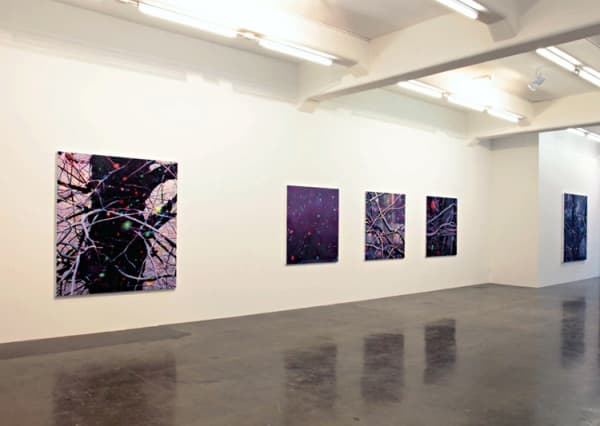Refractions: Tim Maguire
Tim Maguire based originally in Australia and more recently in Europe, started painting in the 1980s. It was during the 1990s however that he first developed the flower paintings for which he is perhaps most well-known. These works, depicting individual flowers magnified to the extreme or vast cinematic flower-scapes, are investigations into a very traditional subject matter. Yet, like earlier artists who have explored similar themes, such as Van Gogh or Monet, Maguire paints in a way that reinvents his subject and alters the way we see the everyday.
His inaugural show with Gow Langsford Gallery, Refractions showcases Maguire’s most recent body of work. Representative of the artist’s interest in exploring mediums other than painting, the exhibition will include a series of digital prints, a film and paintings. Like his earlier flower works, the pieces in Refractions have their origin in photographic images of nature. These images are then transformed through Maguire’s technique into abstracted formations of light and colour. While his flowers always remained recognisable – glowing orbs flecked with sunlight, Maguire’s recent images of snow falling and water rippling sit on the boundary between the abstract and the representational.
The technique that Maguire employs in Refractions varies from that used in the earlier flower works. While still interested in the basic premise of three colour separation, as used in colour printing, here the three primary colour layers are split and separated in time. That is, in both the prints and the paintings, each image originates from three separate photographs, each shot half a second apart, and each given its own primary colour. The three photos are then realigned, and anything not moving (branches, objects floating on the water) retains its natural colour - anything moving (reflections, snow-flakes) appears in refracted colour. This creates a field of moving vibrant colour from a subject seemingly devoid of any spectral variation. While essentially unlike anything found in nature, the finished works nonetheless capture the essence of their subject – its ephemerality, translucence, fragility and beauty.








